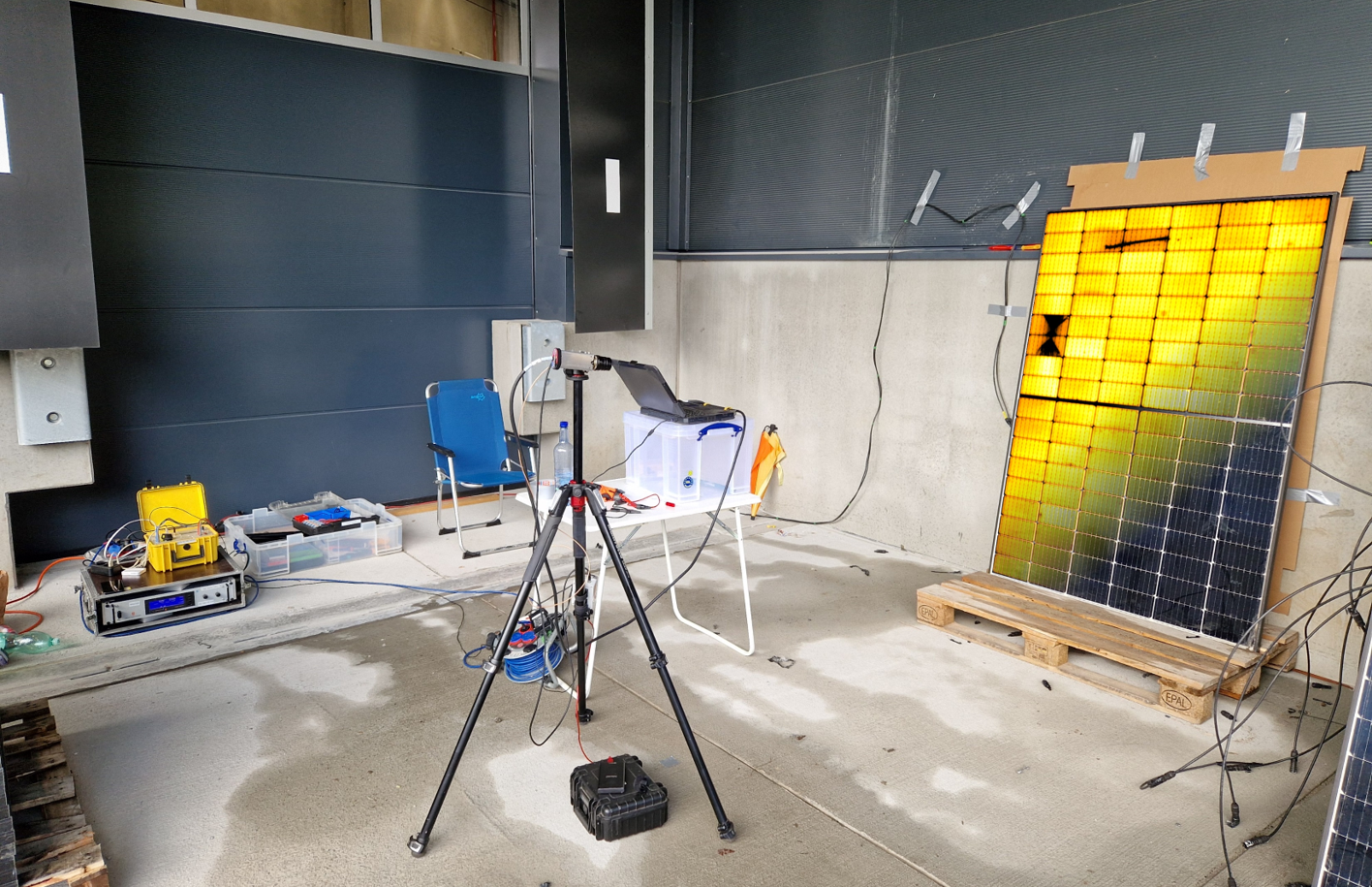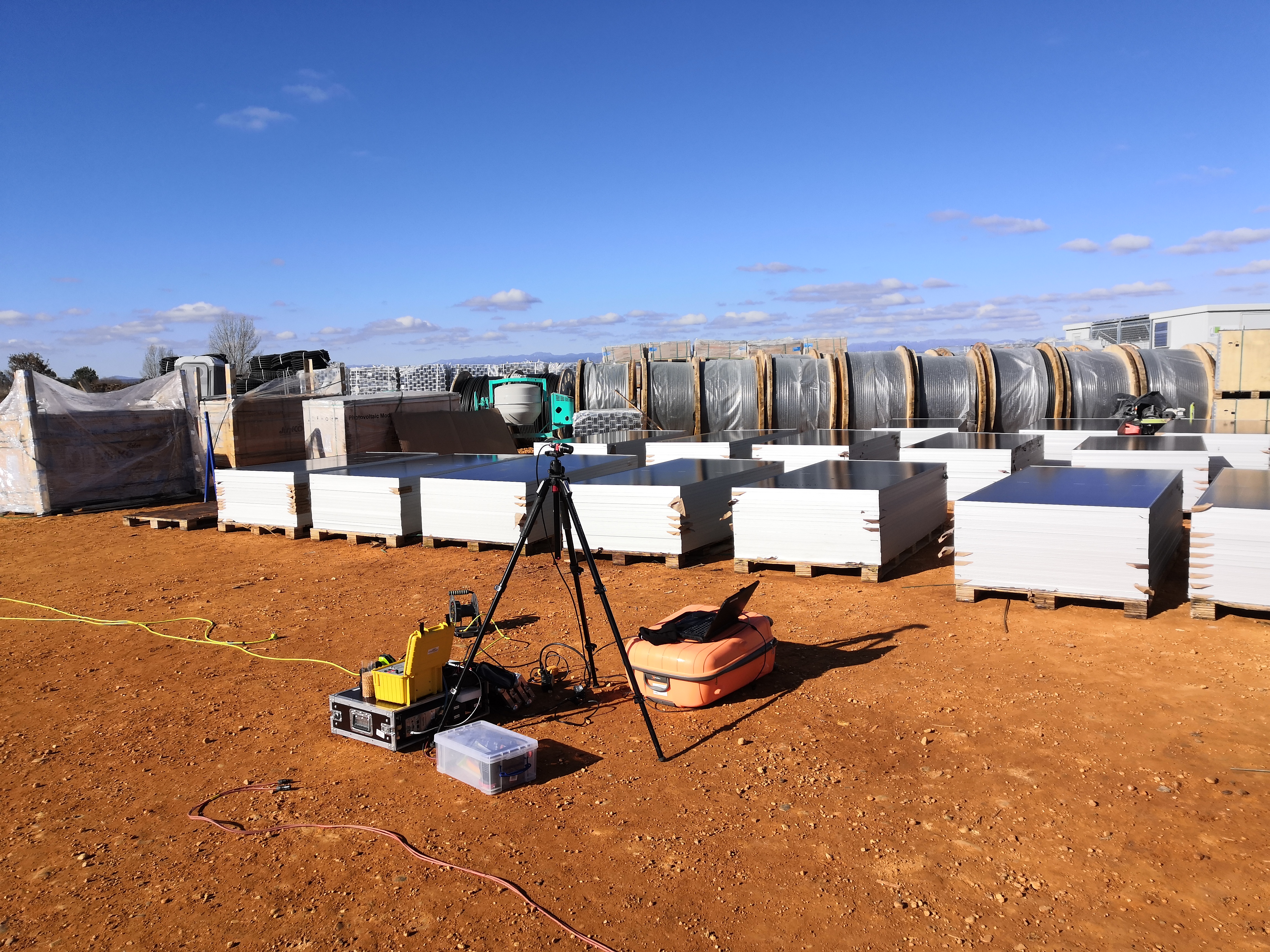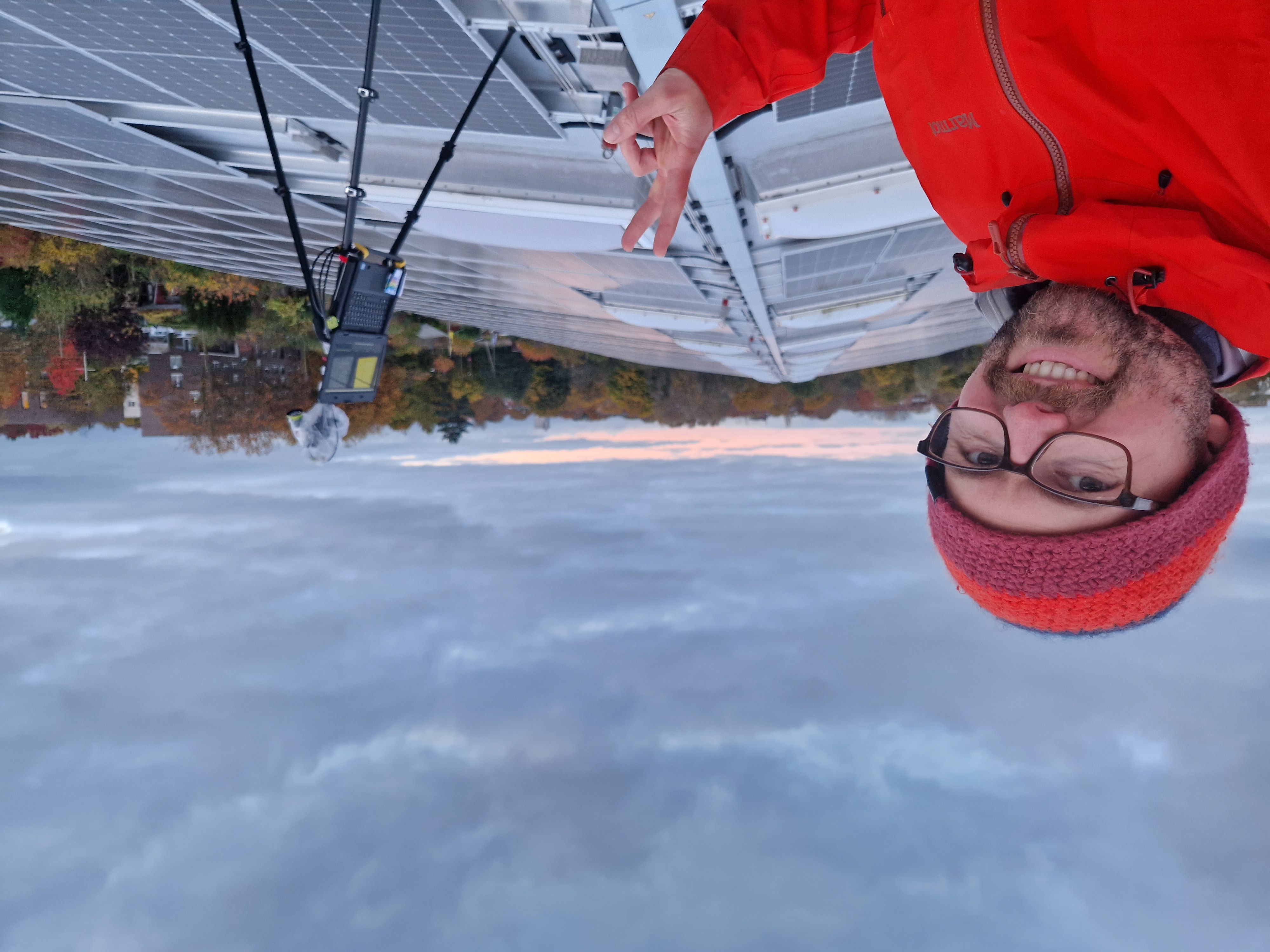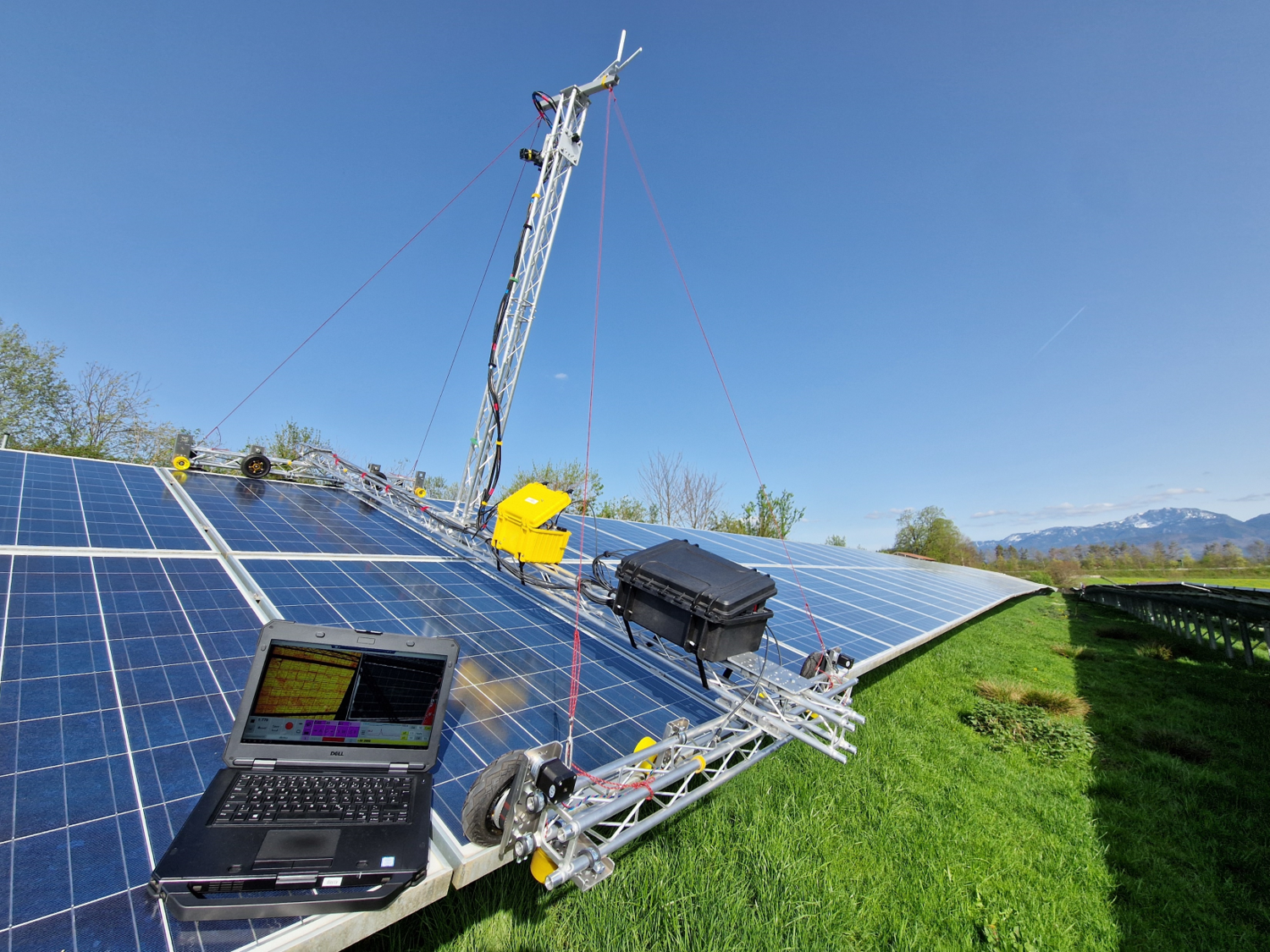· JS · English · 4 min read
Hail Damage to Solar Systems – Detecting Invisible Damage
After a hailstorm, microcracks in PV modules may remain unnoticed – an electroluminescence inspection makes them visible.
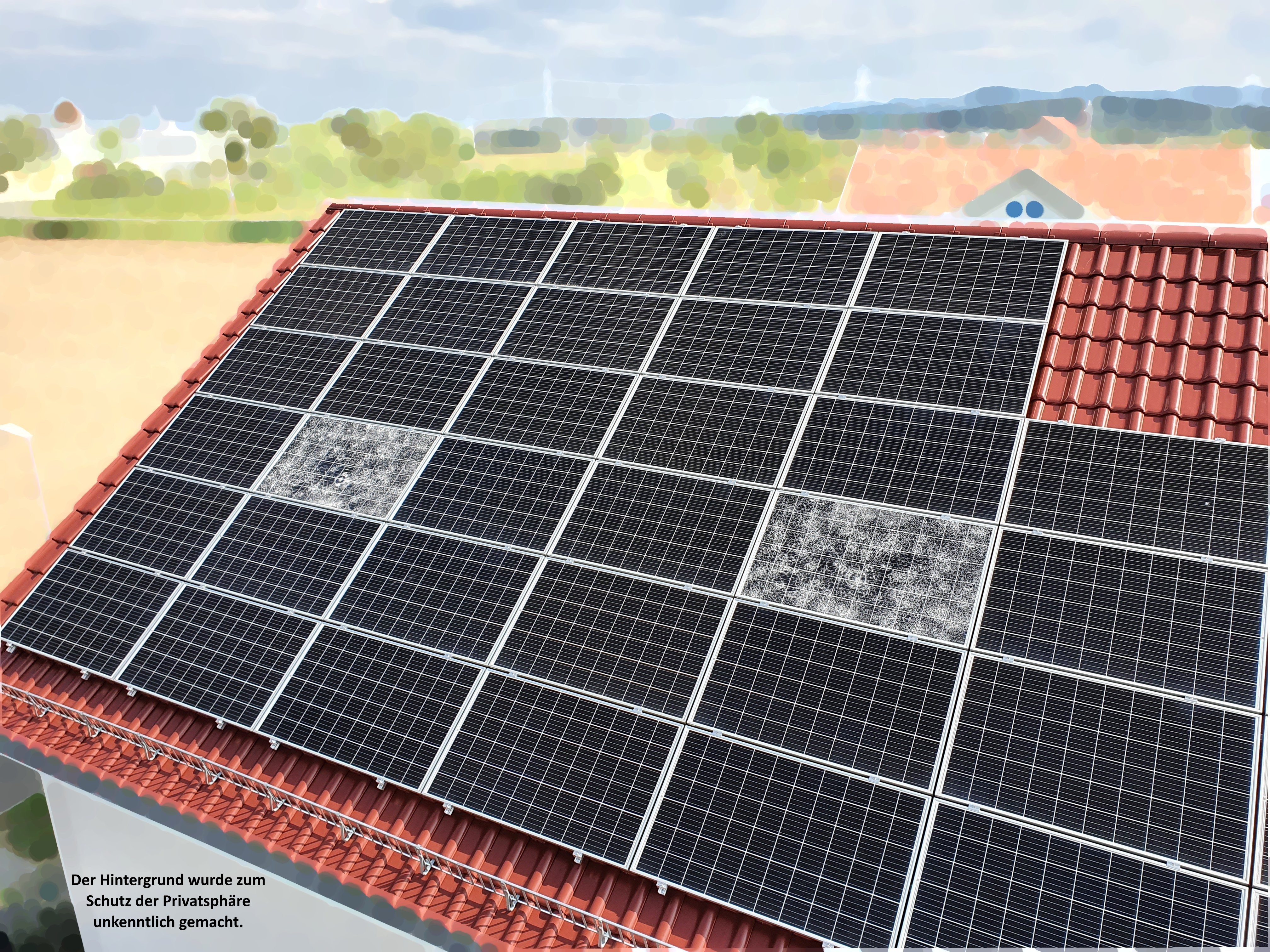
Hail Damage to Photovoltaic Systems: Early Detection of Hidden Cell Cracks Using Electroluminescence Inspection
Due to climate change, hail events in Germany are becoming more frequent and more intense. For operators of photovoltaic (PV) systems, this means an increasing risk of module damage. While visible glass breakage is easy to detect, many cell cracks and micro-damages remain invisible to the naked eye — yet they can still cause significant yield losses. Electroluminescence (EL) inspection provides the most precise method for identifying such hidden defects.
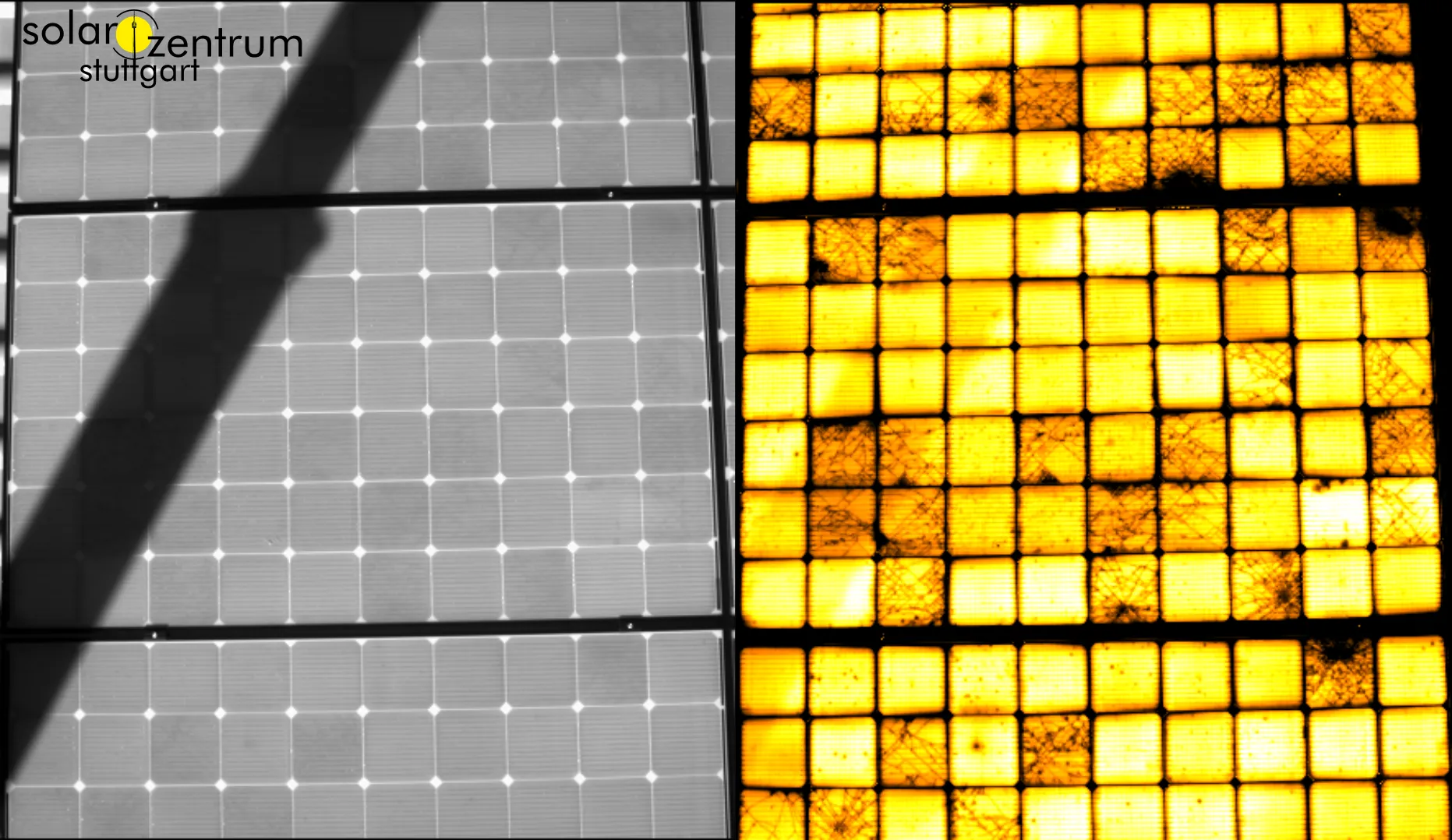
Typical Damage Patterns After Hail
After a hailstorm, PV modules can generally be classified into four main categories:
Undamaged Modules: Some PV modules survive hailstorms without any visible damage. This depends on the impact energy of the hailstones and the mechanical stability of the module.
Hidden Cell Cracks: Microcracks in solar cells that are invisible to the naked eye but interrupt current flow.
Visible Damage: Cracks or impacts in the front glass, bent frames, or delaminated areas.
These defects can lead to long-term power losses, hotspots, module failure, and in extreme cases, even fires [1, 2, 3].
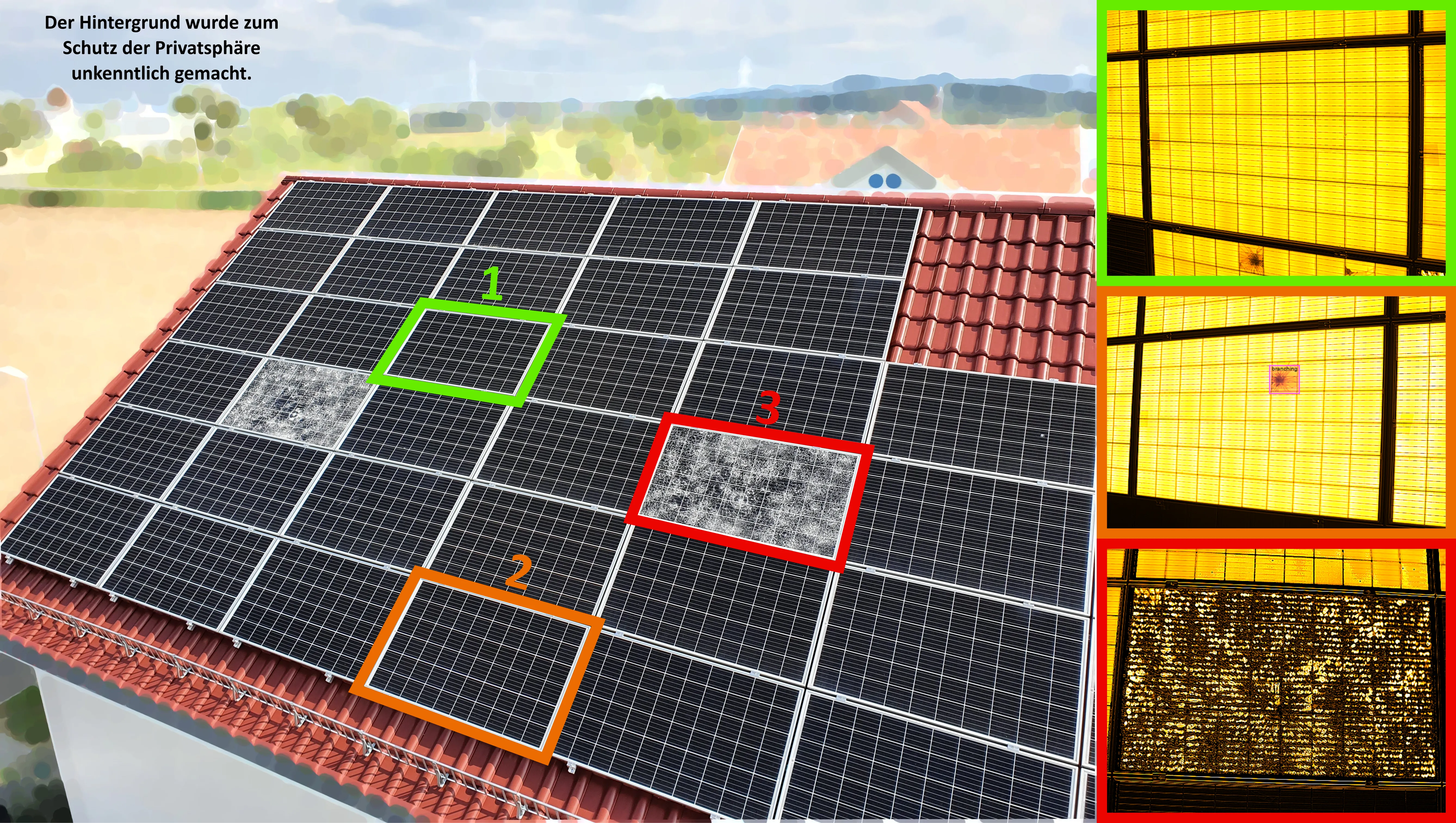
Electroluminescence (EL) as a Diagnostic Tool
During an EL inspection, the module is electrically powered so that each solar cell emits light in the near-infrared range. A special camera makes these light emissions visible. Defective cells or cracks appear as dark lines or areas in the EL image.
Using the DaySy system developed by Solarzentrum Stuttgart, EL images can even be taken under daylight conditions [4]. This enables efficient and flexible module testing on-site — without waiting for darkness — especially advantageous in urban environments.
Advantages of EL Inspection
- Early Detection: Cell cracks and micro-damages are detected before measurable yield losses occur.
- Objective Assessment: The method provides reproducible and well-documented results.
- Insurance Relevance: EL images serve as evidence in hail damage assessments for insurance claims.
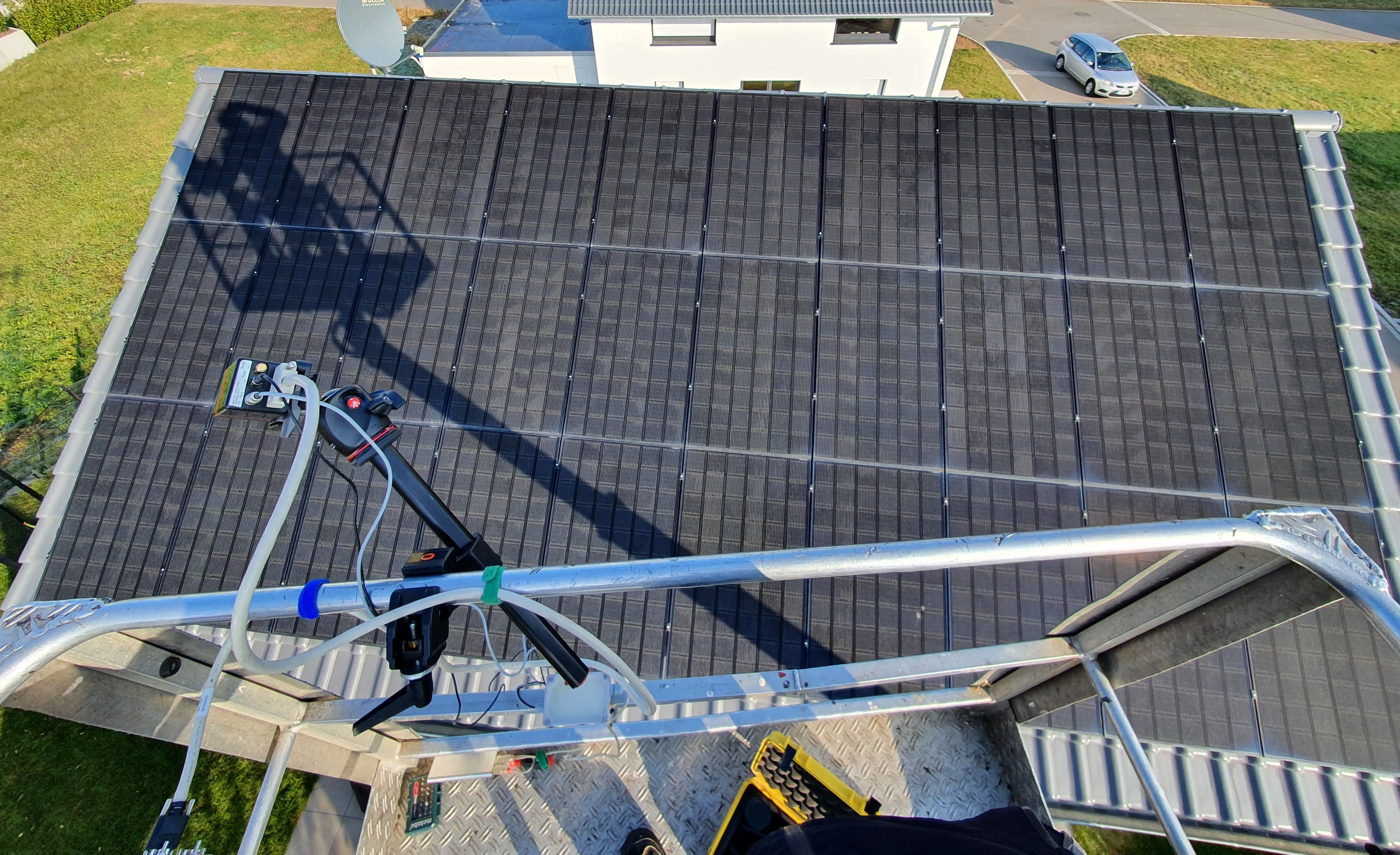
Workflow of a Hail Damage Inspection
- Visual Pre-Inspection: Check the modules for glass breakage or obvious mechanical damage.
- EL Inspection: Electrically excite each module using the mobile DaySy measurement system and capture the EL image from a lifting platform or drone.
- Documentation and Analysis: Evaluate and classify the EL images by our experts.
- Reporting: Summarize the results and classify the damages for insurance documentation.
- Recommendations: Provide actionable guidance – replacement, repair, or continued operation.
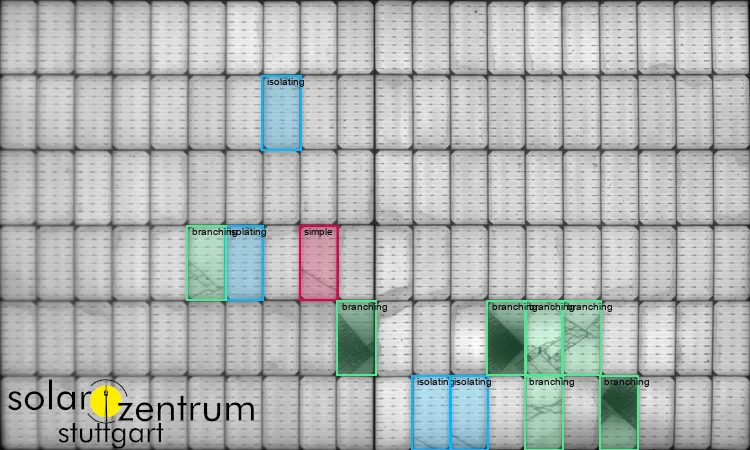
A PV system should be free from defects — whether right after installation or following a hailstorm. Unfortunately, that’s not always the case!
— Dr.-Ing. Liviu Stoicescu, Managing Director, Solarzentrum Stuttgart GmbH
Drone-Based EL Inspection
Thanks to the continuous development of our measurement technology, we can now perform both electroluminescence and photoluminescence inspections from drones. Flying at daylight enables roof inspections in urban areas with minimal effort. This reduces inspection time, increases flexibility, and improves customer convenience.
The City of Stuttgart supports this development within the framework of the ELFI project, part of the Climate Innovation Fund.
Conclusion
Experience shows: Not every damage is visible.
With electroluminescence inspection, even the finest hail damages can be reliably detected and documented. This enables operators, installers, and insurers to make informed decisions and secure the long-term performance of PV systems.
Solarzentrum Stuttgart GmbH –
Your partner for PV inspections, DaySy measurement systems, and PV installations.
References
[1] Katinić, M. & Bošnjaković, M. (2025). Hailstorm Impact on Photovoltaic Modules: Damage Mechanisms, Testing Standards, and Diagnostic Techniques. Technologies 13, 473. doi:10.3390/technologies13100473
[2] M. Nicoletto et al., “Hail Damage Investigation in Heterojunction Silicon Photovoltaic Modules: A Real-World Case Study,” IEEE Journal of Photovoltaics, vol. 15, no. 3, pp. 478–483, May 2025, doi:10.1109/JPHOTOV.2025.3539292
[3] IEA, Photovoltaic Failure Fact Sheets 2025, Web: https://iea-pvps.org/key-topics/photovoltaic-failure-fact-sheets-2025/, doi:10.69766/CKCD1805
[4] T. Kropp, L. Stoicescu, and J. H. Werner, “Self-Sourced Daylight Electroluminescence From Photovoltaic Modules,” IEEE Journal of Photovoltaics, vol. 7, no. 5, pp. 1295–1300, Sept. 2017, doi:10.1109/JPHOTOV.2017.2714188
